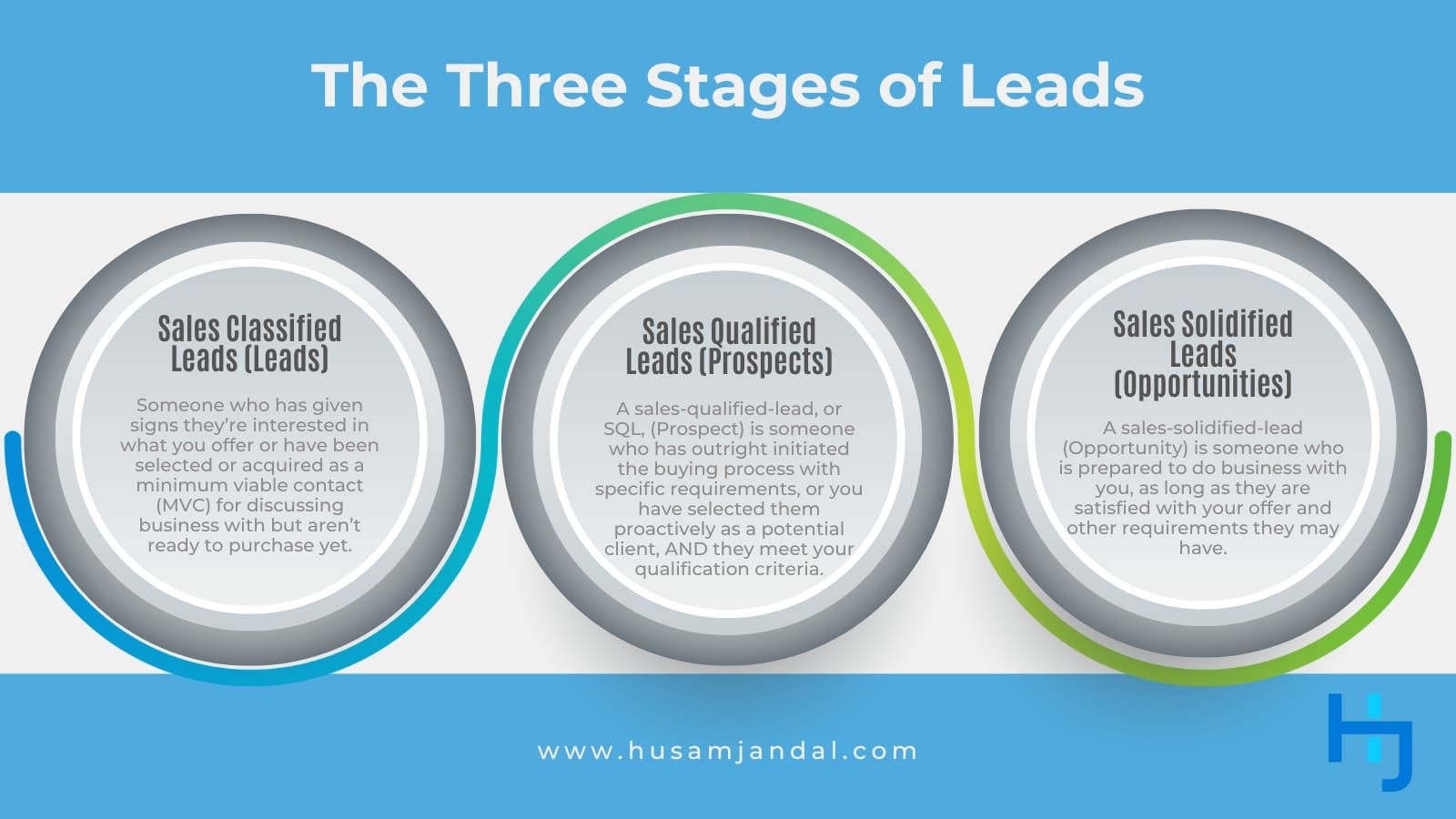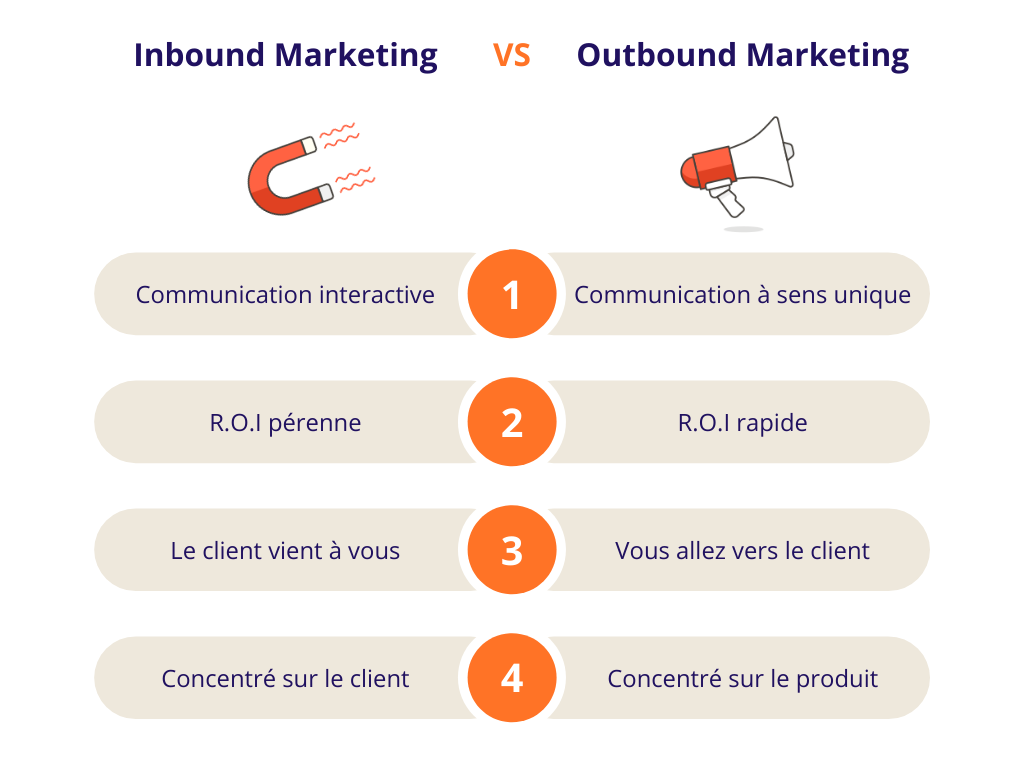In the competitive digital marketing landscape, the use of lead generation metrics is crucial for optimizing campaign results. These key performance indicators make it possible not only to measure the effectiveness of the actions undertaken, but also to constantly adjust the marketing strategy. Through rigorous analysis, it becomes possible to improve the conversion rate and better target prospects, while ensuring accurate lead attribution to sales teams. By methodically integrating this data, businesses can transform their approaches and maximize the quality of leads generated.

In an increasingly competitive business environment, the need to optimize the performance of your marketing strategy is crucial. THE lead generation metrics play a determining role in this optimization. They provide valuable information about the effectiveness of your actions, allowing you to adjust your approach to maximize your conversion rate. This article explores how these metrics can transform your marketing strategy, focusing on key areas such as understanding your audience, segmenting leads, and improving your processes.
Table des matières
ToggleUnderstand the importance of metrics in lead generation
THE lead generation metrics are metrics that measure the effectiveness of your marketing efforts in terms of lead collection. They can include things like campaign conversion rate, cost per lead, and engagement rate. By analyzing this data, marketing teams can understand which campaigns are successful and which need adjustments. This allows strategies to be better aligned with market expectations and the needs of potential customers.
Lead segmentation and campaign personalization
There segmentation leads based on different metrics allows for a more targeted and personalized approach. By understanding how each segment interacts with your content, it becomes possible to create campaigns that resonate more with each customer group. This not only improves the user experience but also increases the conversion rate. Proper calls to action, relevant content, and personalized communication can turn lukewarm leads into loyal customers.
Optimization of lead generation processes
THE lead generation metrics also provide significant insight into sales and marketing processes. Identifying friction points in the lead lifecycle helps readjust lead generation processes and reduce lead generation losses.conversion funnel. For example, a response time analysis can reveal delays that are hurting conversion. By making improvements, you not only optimize response time, but you also increase prospects’ motivation to engage with your brand.
Measuring return on investment (ROI)
Another fundamental aspect of lead generation metrics is their ability to measure the return on investment of your campaigns. By linking expenses and results, companies can assess the profitability of each campaign and intelligently reallocate it towards the best performing actions. This results in better use of resources and improved overall financial results.
Continuous improvement using data
Finally, beyond one-off adjustments, a regular analysis of metrics allows us to promote a process ofcontinuous improvement. By tracking these metrics, marketing teams can refine their tactics and develop long-term strategies based on data directly from performance. This involves a data-driven culture, where every decision is based on concrete evidence, thereby reducing the risks associated with strategic choices.
Génération de Leads prend le relais pour convertir l'intérêt en action
— Audrey Tips (@audreytipsfr) September 3, 2024
5️⃣ Collecter des contacts 📇 Transformez l'intérêt en données pour engager le dialogue
6️⃣ Générer des prospects qualifiés 🎯 Identifiez et classez selon leur stade dans le tunnel de vente
•
🧵 3/4













